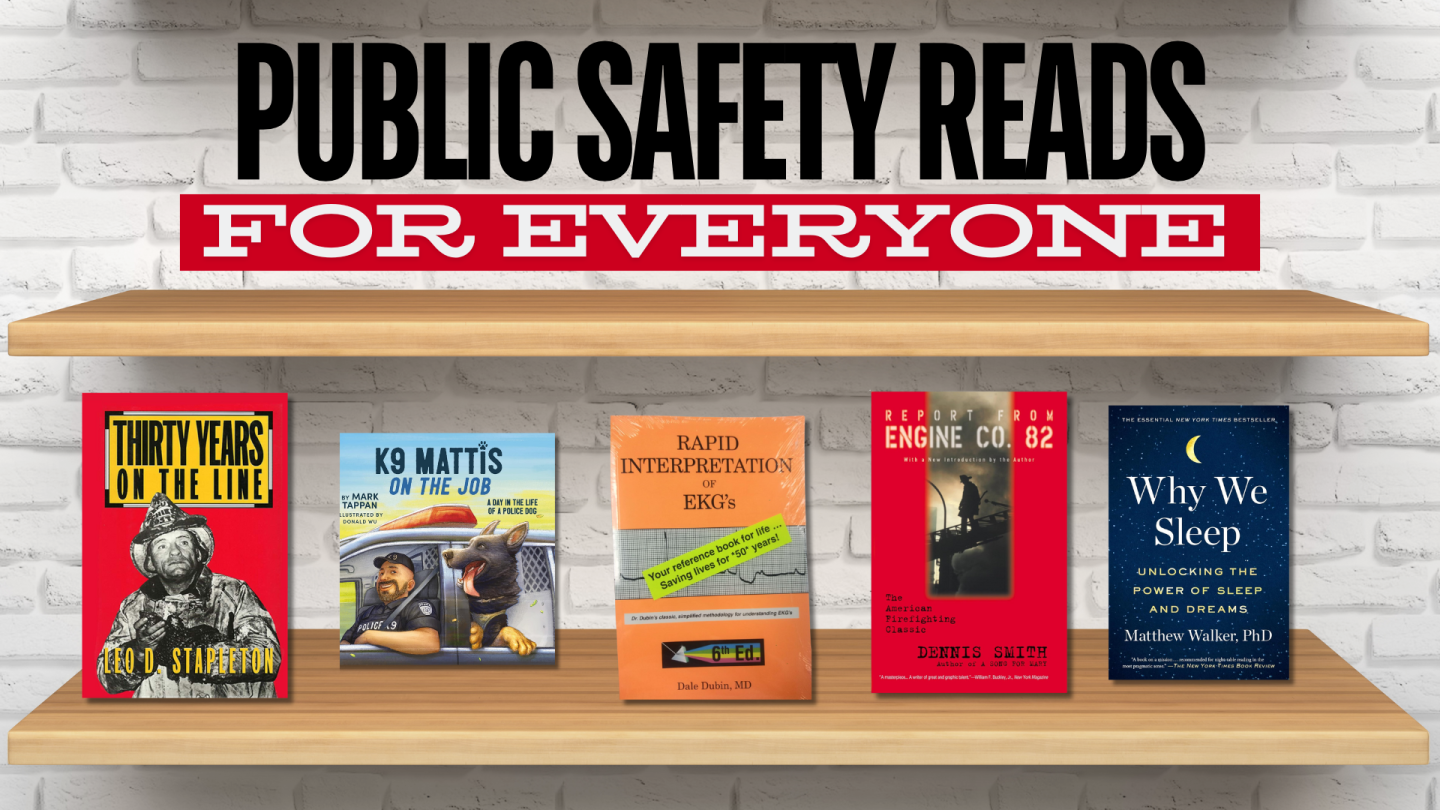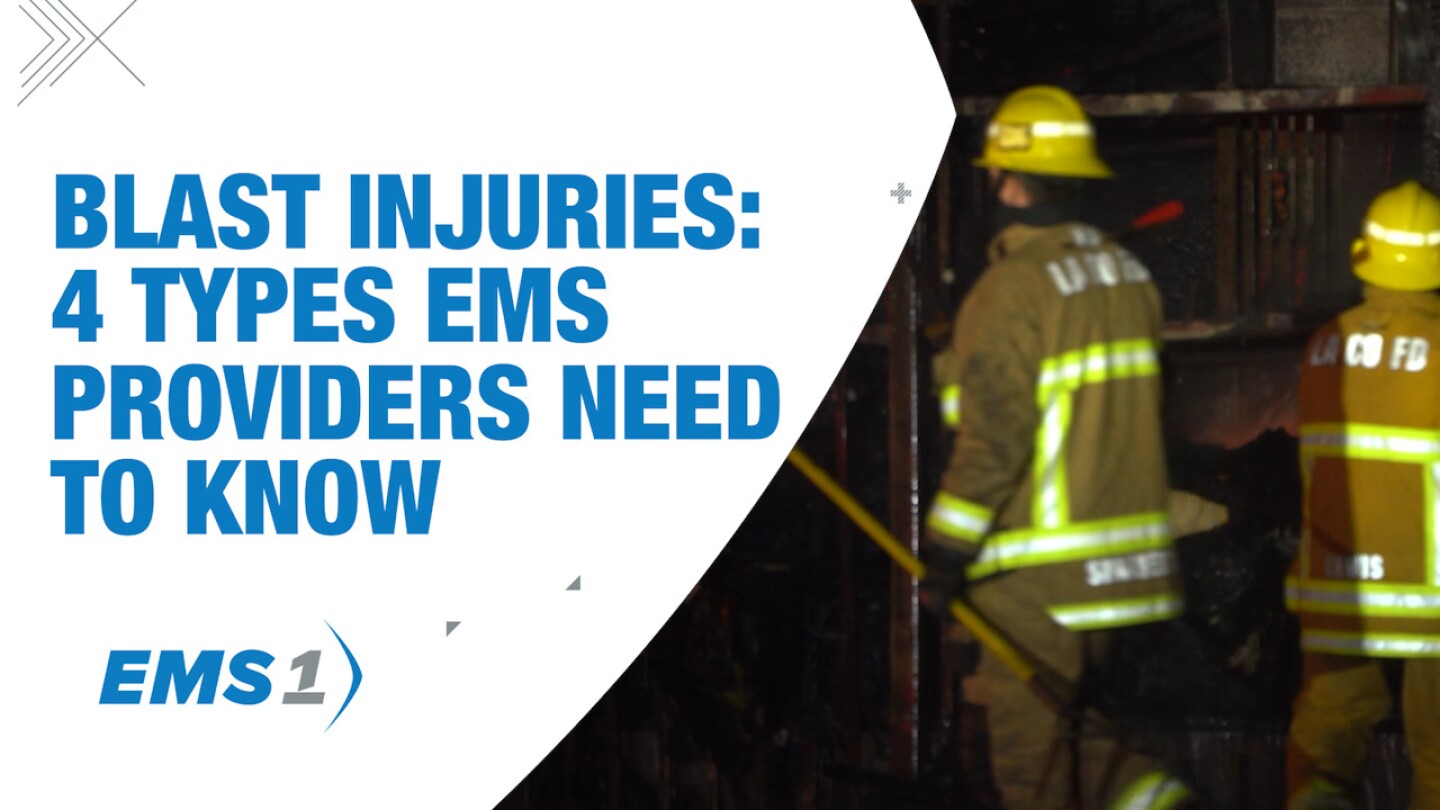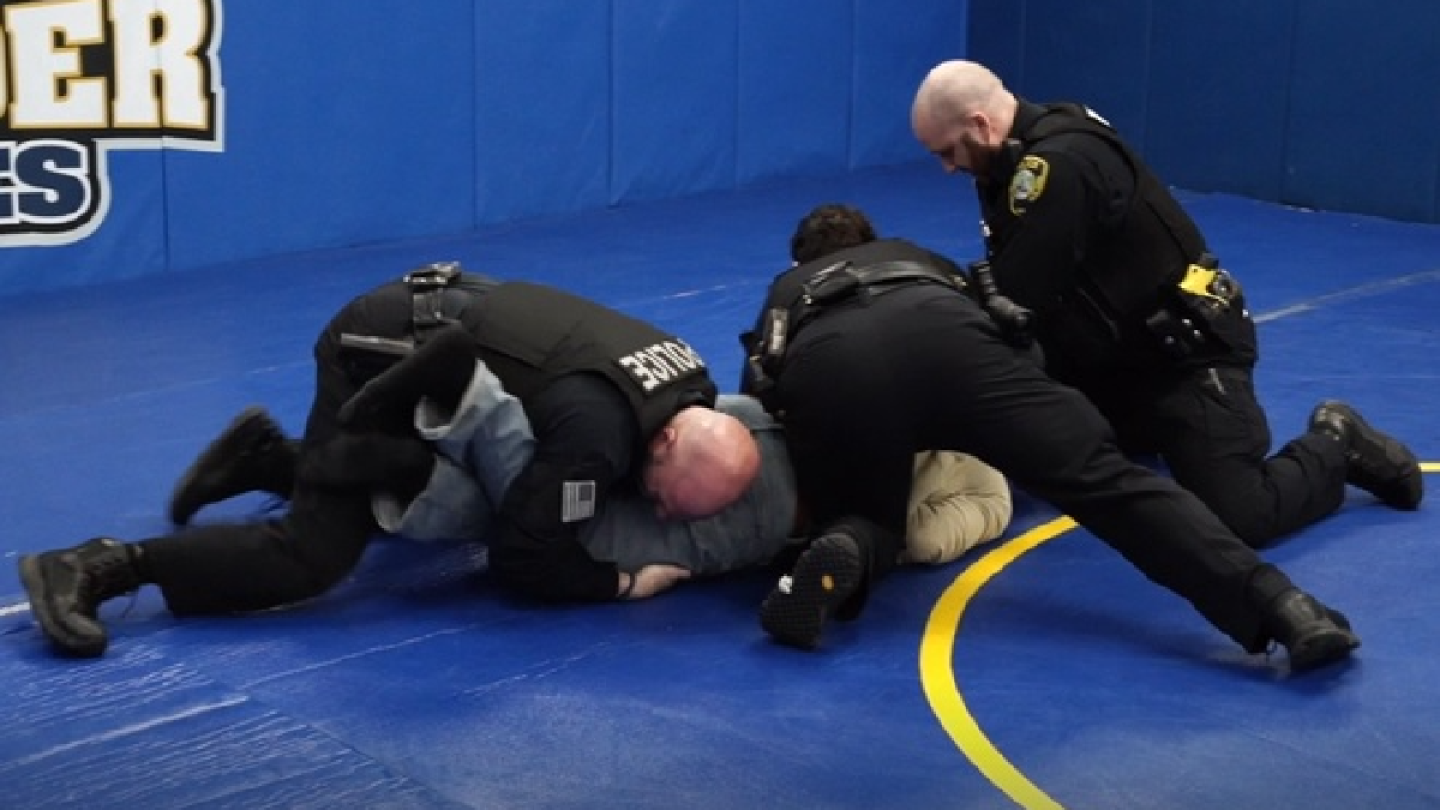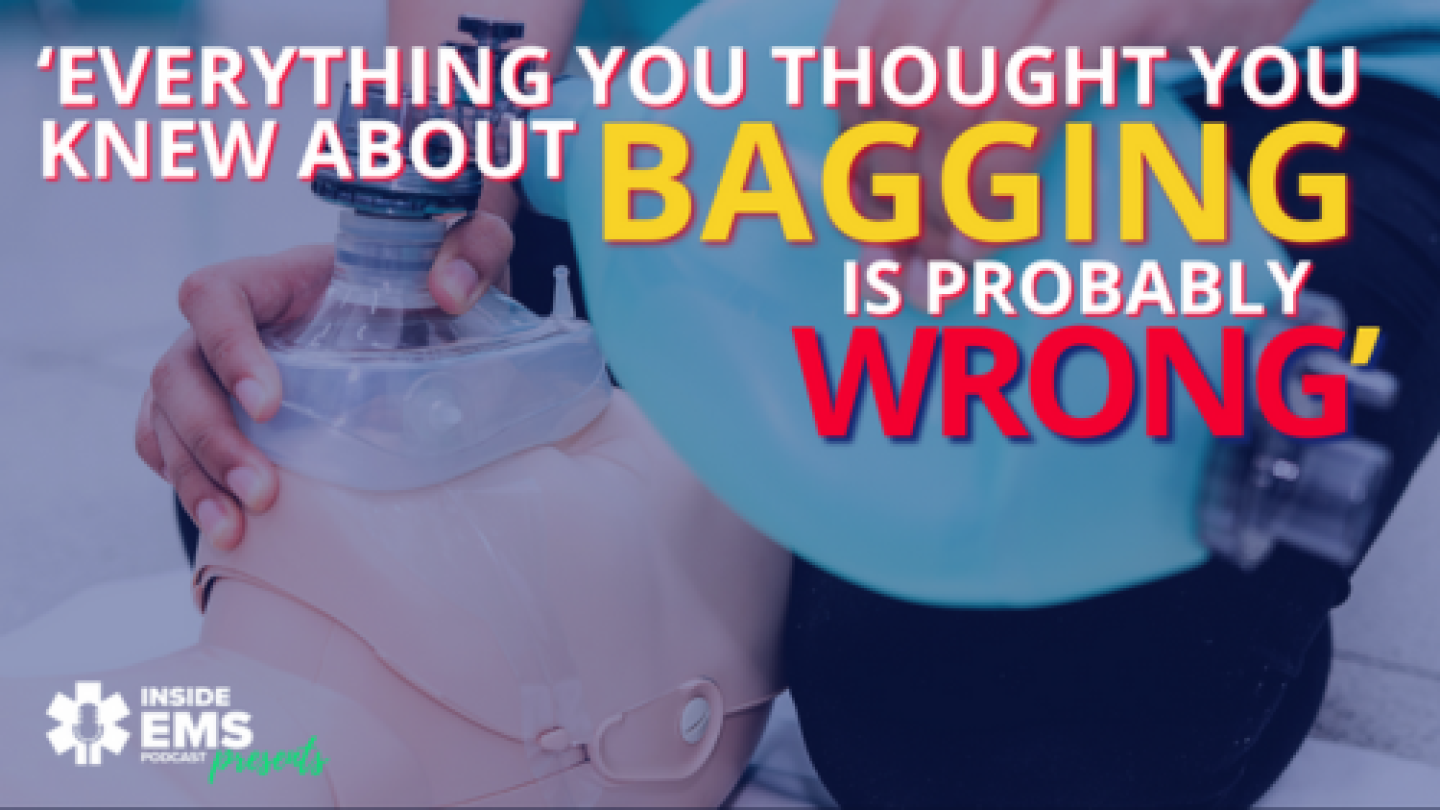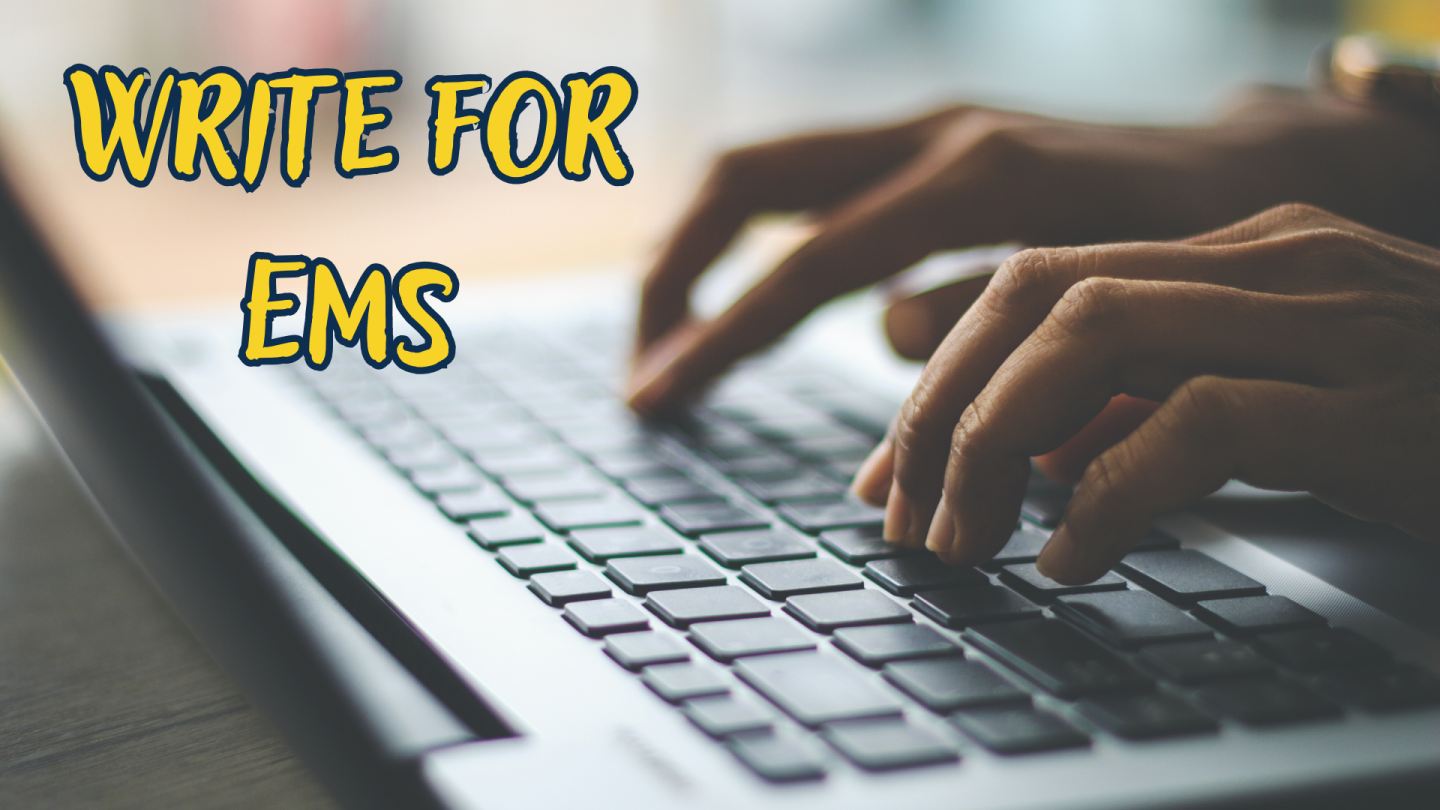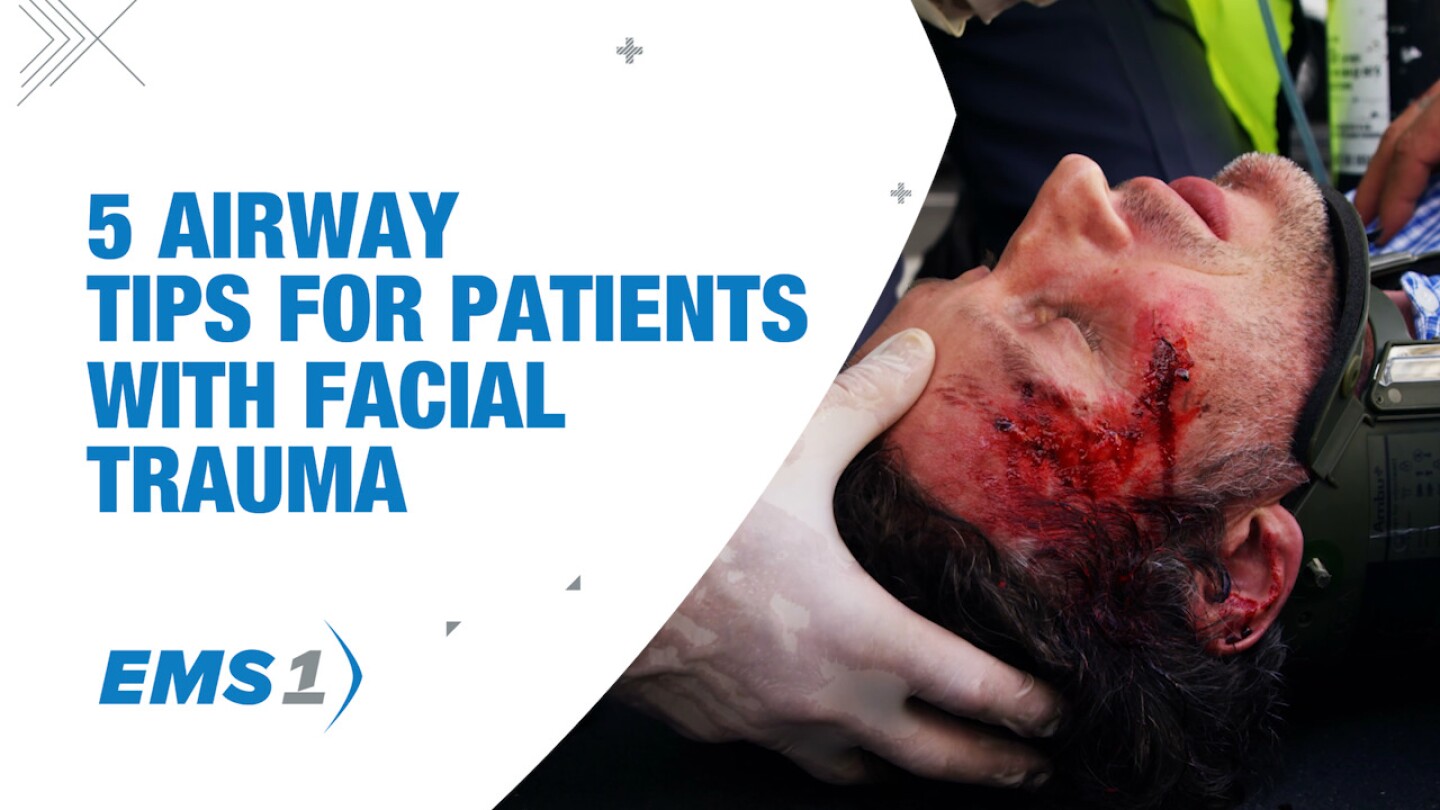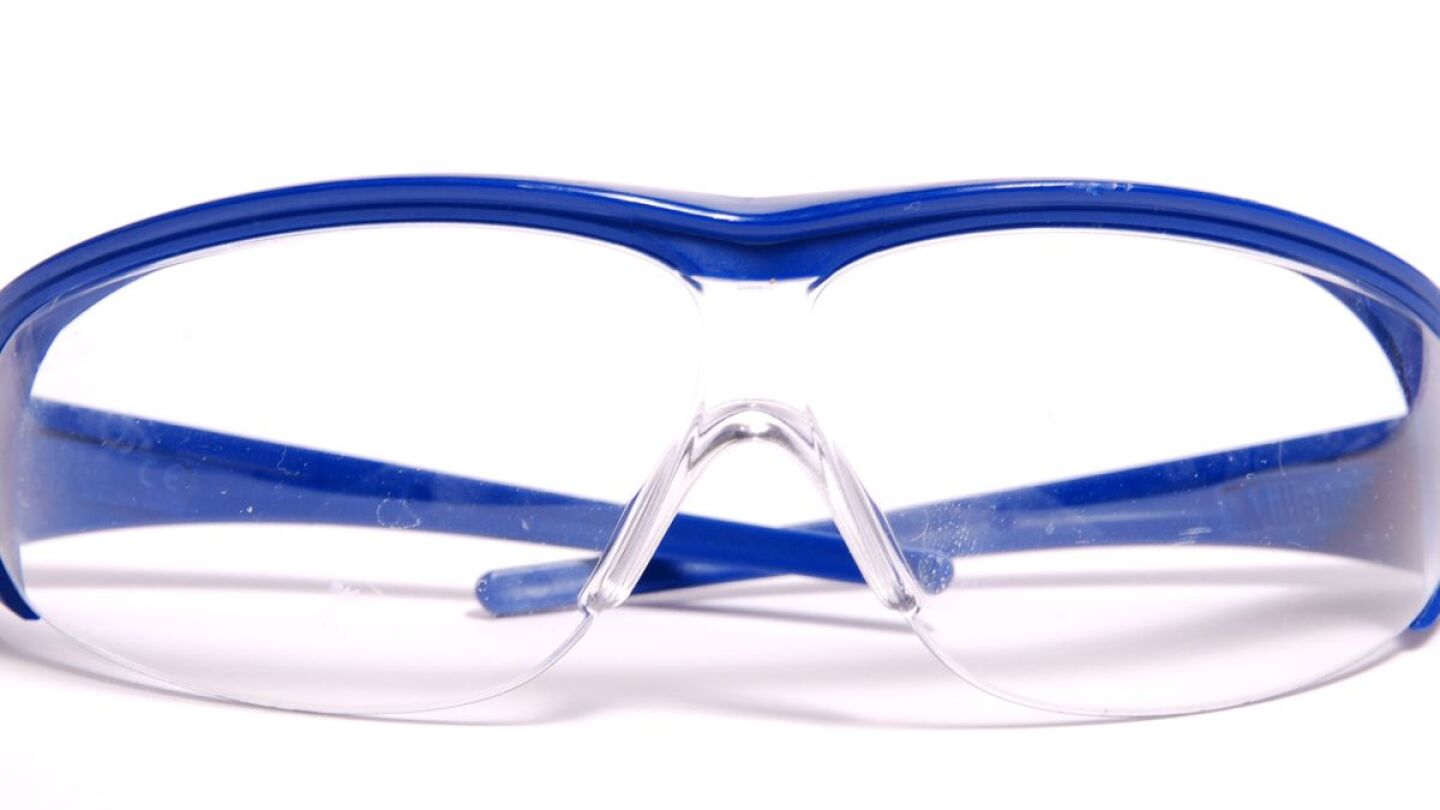EMS Training and Education
Your go-to resource for evidence-based EMS training, continuing education, instructor development and industry innovation. Find expert articles, videos, product reviews and specialized resources to support EMTs, paramedics, medical directors and educators. Stay current on instructor best practices, CEU requirements, virtual training trends, simulation strategies and educational policy affecting prehospital care.
EMS Training and Education Resources
Practical, authentic ways to show gratitude and strengthen community ties with the people who respond first when it matters most
5 tips to quickly find a patient’s radial pulse for vital sign assessment
Educating patients at the highest risk for suffering a fatal overdose
Dive into a curated collection of must-read public safety books, from thrilling accounts and leadership lessons from the front lines, to read-aloud children’s favorites
Monitoring AVPU and other vital signs will help determine if the patient is improving, worsening or responding to treatment
Why war stories aren’t just fluff; they’re the heart of how we learn and lead
EMS providers will be called upon to mitigate the effects of bombings and other incidents involving the use of explosive devices
In this episode, our co-hosts discuss an article from Andrea Abbas on five flaws that trip leaders up and cause a disconnect with field crews
Harford County officials are working to counter both burnout and boredom in their efforts to recruit more volunteers
First responders, staff and patients at the psychiatric hospital for children were not told about the active shooter drill
The AED’s journey from concept to modern use is a fascinating tale of medical innovation, collaboration and lifesaving success
Understand the four components of a negligent act and how to protect yourself from a negligence claim
EMS and law enforcement collaborative training helps prepare responders to treat and monitor patients experiencing a constellation of symptoms
Are you over-ventilating your patients? Probably, says Kelly Grayson
Additional training can help providers who want to do right by patients involved in hospice and end-of-life care
Books
Earn CEUs with this compilation of calls from real EMS cases
The impact of Helene highlights the importance of preparedness, ICS training and rapid mobilization for future storms
Try these tips to make seat belt use in the patient care compartment just as normal as your personal vehicle
You are on scene with a patient who is complaining of weakness. The vital signs your partner has given you are not very detailed. What are some ways to improve on those findings?
What are the most important things to remember when treating a patient with a history of diabetes?
There are more opportunities than ever to become a published writer
EMS1, professional associations and membership groups are always looking for new writers and fresh ideas. Here’s what it takes to get started.
You are on scene with a patient who has suffered significant facial trauma; what are some strategies to improve your ability to manage their airway?
Training event in Fort Carson works on care and transport involving NATO countries
The Alabama Fire College investigated the incident and found “a few minor changes” that Decatur Fire & Rescue officials need to address
Minimize mistakes and improve billing collections by confirming every PCR is accurate and descriptive
You are on scene with a patient who has multi-system trauma; what tips can improve your physical exam of this patient?
You are on scene with a patient who is experiencing chest pain; what if the cause isn’t cardiac?
An Alabama recruit school is under investigation after video emerges of a staged EMS response in a bathroom
Use the ePCR to showcase your skills, knowledge and professionalism
The patient care report needs to clearly and consistently demonstrate that patients received good patient care
A Decatur Fire & Rescue recruit school training video shows recruits facing a simulated injured patient inside a bathroom stall
We owe it to ourselves and our families to understand and use the PPE designed to protect us from line of duty injury or death
This phrase has an amazing ability to get people in the middle of an angry rant to stop, listen, and reframe their argument
Early career exposure can make or break future career choices; here’s how one agency is fostering school-age children’s interest in an emergency services career





